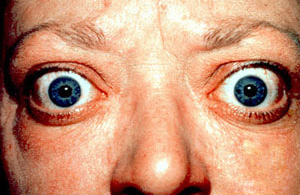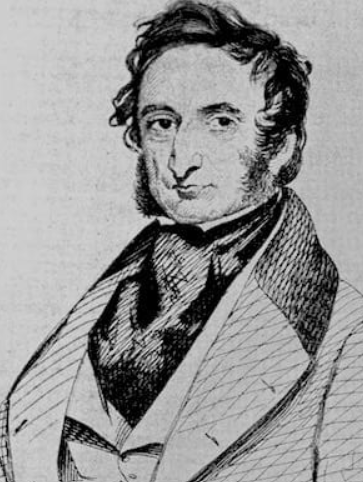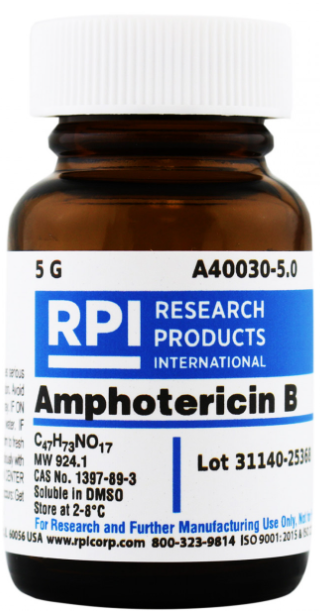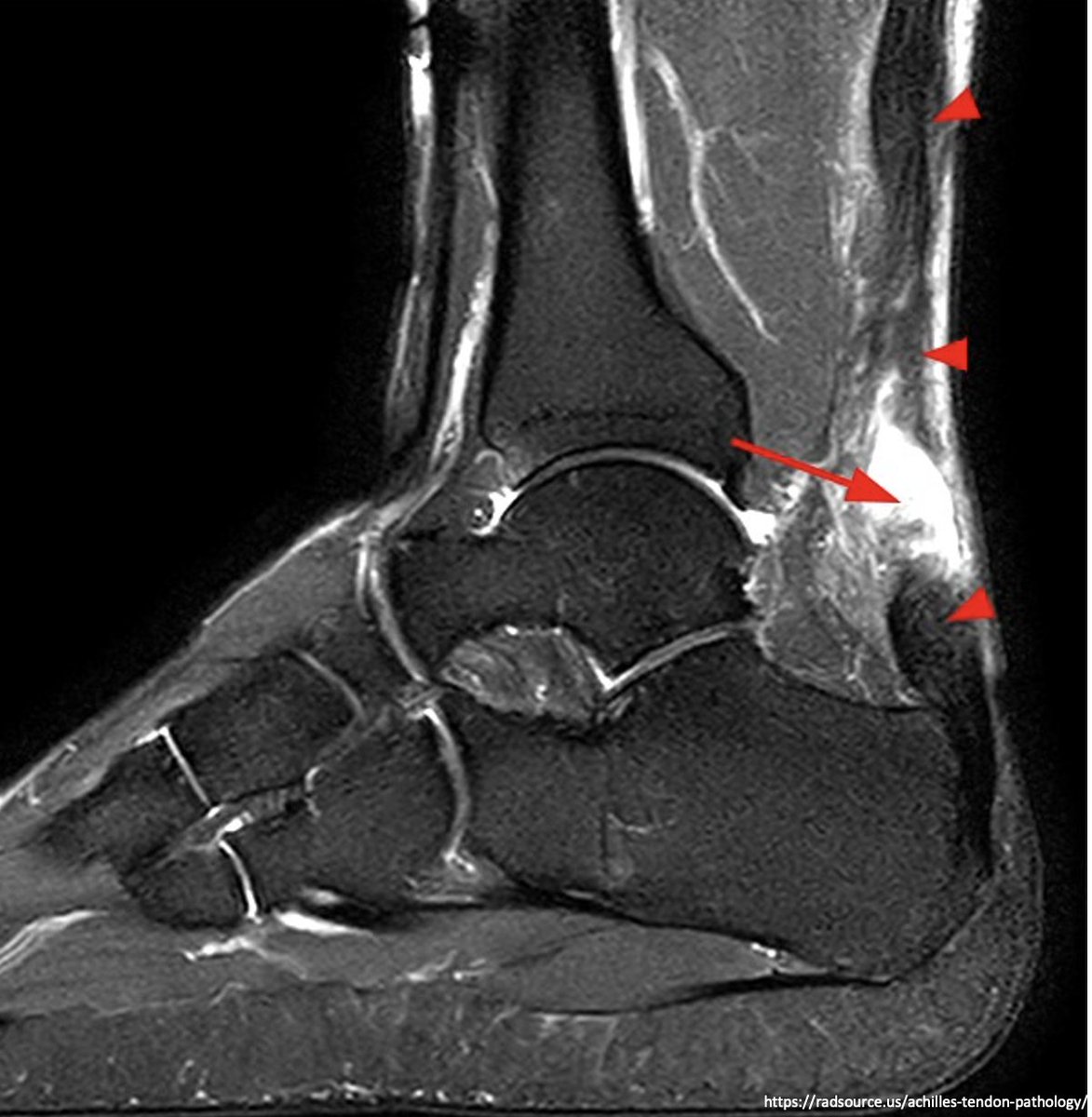1/🧵
Ever wonder why severe hypertriglyceridemia causes acute pancreatitis?
Are triglycerides themselves toxic to the pancreas or is there something else going on?
#tweetorial #medtwitter
Ever wonder why severe hypertriglyceridemia causes acute pancreatitis?
Are triglycerides themselves toxic to the pancreas or is there something else going on?
#tweetorial #medtwitter

2/
The association b/w ⬆️ triglycerides and pancreatitis was proposed after a 1975 study.
11 patients w/ previous pancreatitis volunteered to receive lipid-rich diets, increasing triglyceride levels to >600 mg/dL.
7/11 got recurrent pancreatitis.
pubmed.ncbi.nlm.nih.gov/1145440/
The association b/w ⬆️ triglycerides and pancreatitis was proposed after a 1975 study.
11 patients w/ previous pancreatitis volunteered to receive lipid-rich diets, increasing triglyceride levels to >600 mg/dL.
7/11 got recurrent pancreatitis.
pubmed.ncbi.nlm.nih.gov/1145440/

3/
Hypertriglyceridemia actually accounts for up to ~10% of acute pancreatitis cases.
There is even a dose-response relationship, w/ the risk of pancreatitis increasing with higher serum triglyceride levels.
pubmed.ncbi.nlm.nih.gov/22898632/
Hypertriglyceridemia actually accounts for up to ~10% of acute pancreatitis cases.
There is even a dose-response relationship, w/ the risk of pancreatitis increasing with higher serum triglyceride levels.
pubmed.ncbi.nlm.nih.gov/22898632/

4/
Are triglycerides directly toxic to the pancreas or do other factors induce pancreatitis?
Let's review dietary triglyceride metabolism as it relates to the pancreas.
💡Chylomicrons transport dietary triglycerides from the small intestine.
ncbi.nlm.nih.gov/pmc/articles/P…
Are triglycerides directly toxic to the pancreas or do other factors induce pancreatitis?
Let's review dietary triglyceride metabolism as it relates to the pancreas.
💡Chylomicrons transport dietary triglycerides from the small intestine.
ncbi.nlm.nih.gov/pmc/articles/P…

5/
After delivery by chylomicrons, triglycerides are hydrolyzed to free fatty acids (FFAs) by lipoprotein lipase in the vascular bed of the pancreas.
FFAs then get taken up by pancreatic acinar cells, as triglycerides cannot cross cellular membranes.
pubmed.ncbi.nlm.nih.gov/28864733/
After delivery by chylomicrons, triglycerides are hydrolyzed to free fatty acids (FFAs) by lipoprotein lipase in the vascular bed of the pancreas.
FFAs then get taken up by pancreatic acinar cells, as triglycerides cannot cross cellular membranes.
pubmed.ncbi.nlm.nih.gov/28864733/

6/
🔑It turns out that FFAs in high concentrations are directly toxic to the pancreas.
This was suggested by a study in mouse pancreatic acinar cells where FFAs led to cellular damage, w/ release of amylase and lipase in a dose-dependent manner.
pubmed.ncbi.nlm.nih.gov/18983441/
🔑It turns out that FFAs in high concentrations are directly toxic to the pancreas.
This was suggested by a study in mouse pancreatic acinar cells where FFAs led to cellular damage, w/ release of amylase and lipase in a dose-dependent manner.
pubmed.ncbi.nlm.nih.gov/18983441/

7/
More directly, administration of the FFA oleic acid in high concentrations to pigs reliably induced acute pancreatitis.
💥That triglycerides themselves are unable to induce pancreatitis makes sense since they cannot enter cells (recall tweet #5).
pubmed.ncbi.nlm.nih.gov/1990228/
More directly, administration of the FFA oleic acid in high concentrations to pigs reliably induced acute pancreatitis.
💥That triglycerides themselves are unable to induce pancreatitis makes sense since they cannot enter cells (recall tweet #5).
pubmed.ncbi.nlm.nih.gov/1990228/

8/
If FFAs are the key to hypertriglyceridemia-induced pancreatitis, why are they toxic to the pancreas?
There are two main mechanisms we will review:
🔺 Activation of trypsinogen to trypsin (➡️auto-digestion)
🔺 Membrane lipid peroxidation (➡️ membrane damage + cell necrosis)
If FFAs are the key to hypertriglyceridemia-induced pancreatitis, why are they toxic to the pancreas?
There are two main mechanisms we will review:
🔺 Activation of trypsinogen to trypsin (➡️auto-digestion)
🔺 Membrane lipid peroxidation (➡️ membrane damage + cell necrosis)
9/
First, trypsinogen activation:
🔑Fatty acids convert pancreatic trypsinogen to trypsin within acinar cells.
Trypsin then induces pancreatic auto-digestion.
pubmed.ncbi.nlm.nih.gov/9207289/
First, trypsinogen activation:
🔑Fatty acids convert pancreatic trypsinogen to trypsin within acinar cells.
Trypsin then induces pancreatic auto-digestion.
pubmed.ncbi.nlm.nih.gov/9207289/

10/
Next, membrane lipid peroxidation:
🔑It turns out that FFAs can induce peroxidation of cellular membrane lipids.
This leads to oxidative degradation ➡️membrane damage ➡️ necrosis of pancreatic acinar cells.
pubmed.ncbi.nlm.nih.gov/9821180/
Next, membrane lipid peroxidation:
🔑It turns out that FFAs can induce peroxidation of cellular membrane lipids.
This leads to oxidative degradation ➡️membrane damage ➡️ necrosis of pancreatic acinar cells.
pubmed.ncbi.nlm.nih.gov/9821180/

11/
Pancreatic auto-digestion, membrane disruption, and cell death from FFAs then triggers an acute inflammatory response.
⚡️This leads to further pancreatic injury, more cell death, and a vicious cycle which culminates in clinical acute pancreatitis.
pubmed.ncbi.nlm.nih.gov/30660726/
Pancreatic auto-digestion, membrane disruption, and cell death from FFAs then triggers an acute inflammatory response.
⚡️This leads to further pancreatic injury, more cell death, and a vicious cycle which culminates in clinical acute pancreatitis.
pubmed.ncbi.nlm.nih.gov/30660726/

12/
There are other (less well studied) theories for how hypertriglyceridemia may trigger pancreatitis:
❓Hyperviscosity from chlymicronemia ➡️ pancreatic capillary obstruction and ischemia
❓Endoplasmic reticulum stress + mitochondrial dysfunction
pubmed.ncbi.nlm.nih.gov/25269432/
There are other (less well studied) theories for how hypertriglyceridemia may trigger pancreatitis:
❓Hyperviscosity from chlymicronemia ➡️ pancreatic capillary obstruction and ischemia
❓Endoplasmic reticulum stress + mitochondrial dysfunction
pubmed.ncbi.nlm.nih.gov/25269432/
13/
One final question: do FFAs also explain why insulin therapy can be used to treat hypertriglyceridemic pancreatitis?
Yes! While insulin lowers triglyceride levels, it also suppresses lipolysis and therefore FFA production from fat.
pubmed.ncbi.nlm.nih.gov/1476178/
One final question: do FFAs also explain why insulin therapy can be used to treat hypertriglyceridemic pancreatitis?
Yes! While insulin lowers triglyceride levels, it also suppresses lipolysis and therefore FFA production from fat.
pubmed.ncbi.nlm.nih.gov/1476178/

14/ SUMMARY
🔑 Triglycerides do not cause pancreatitis
🔑 Hypertriglyceridemia induces pancreatitis via increased free fatty acids (FFAs)
🔑 FFAs convert trypsinogen to trypsin, leading to auto-digestion
🔑 FFAs also induce membrane peroxidation and pancreatic acinar necrosis
🔑 Triglycerides do not cause pancreatitis
🔑 Hypertriglyceridemia induces pancreatitis via increased free fatty acids (FFAs)
🔑 FFAs convert trypsinogen to trypsin, leading to auto-digestion
🔑 FFAs also induce membrane peroxidation and pancreatic acinar necrosis
• • •
Missing some Tweet in this thread? You can try to
force a refresh

























